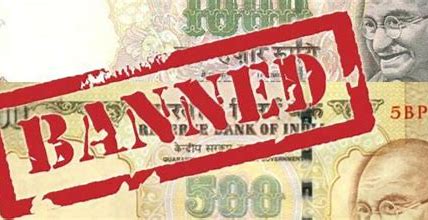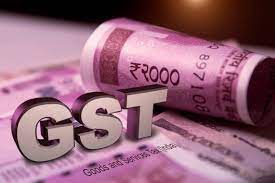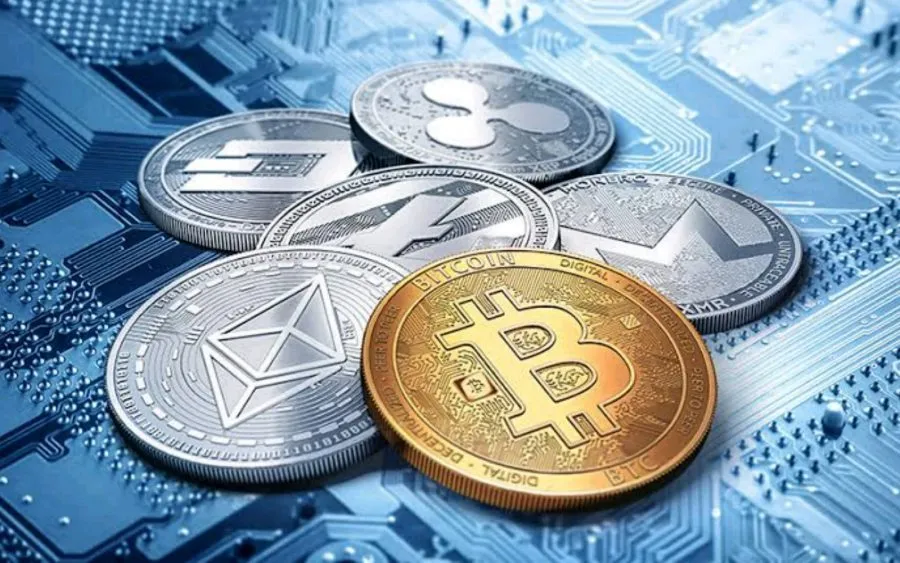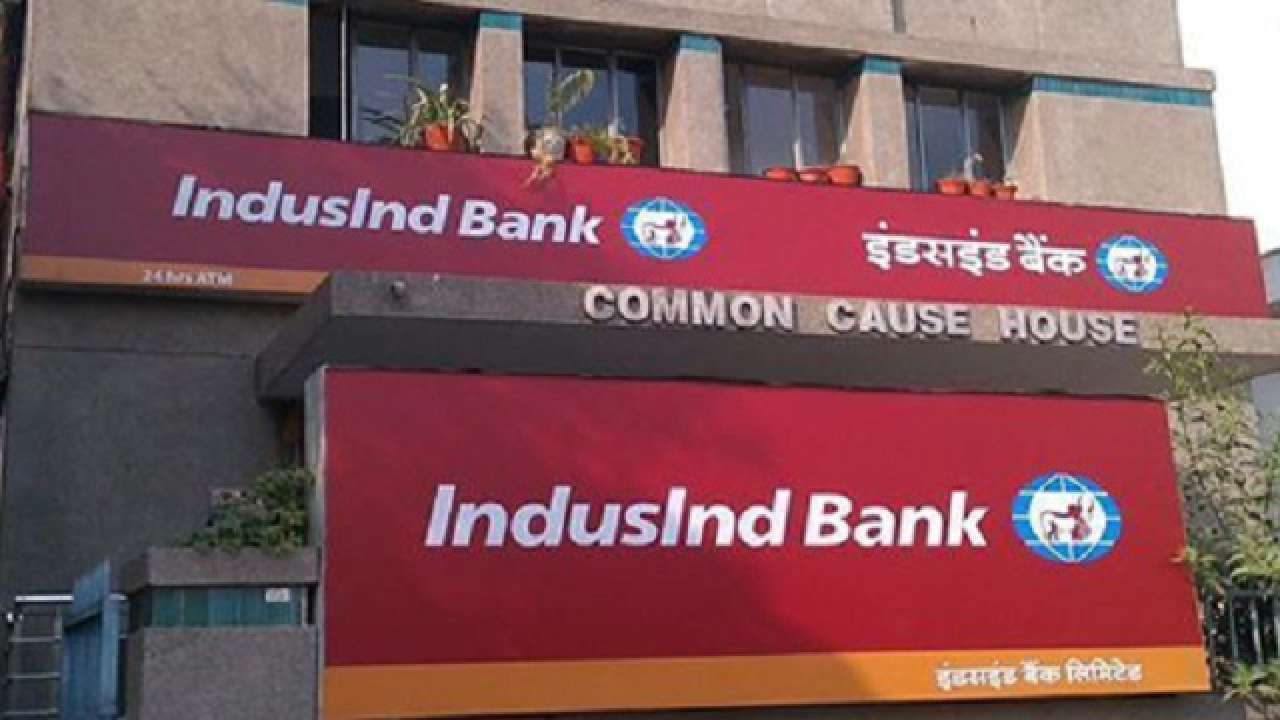
The Demographic Dividend: How India's Young Population Can Drive Economic Growth
- Admin
India is the second most populous country in the world, with a population of over 1.3 billion people. This vast population has often been seen as a challenge for the country, but it can also be a great asset. In fact, India's young and growing population can be a driving force behind the country's economic growth. This phenomenon is known as the demographic dividend, and it is a topic of great interest for economists and policymakers.
The demographic dividend refers to the period in a country's development when the working-age population (typically between 15 and 64 years old) is larger than the dependent population (children and elderly). This creates a favorable environment for economic growth, as there are more people who are able to work and contribute to the economy than those who need to be supported. This demographic shift can lead to increased productivity, higher savings rates, and greater innovation.
India is currently experiencing the demographic dividend. According to the United Nations, the country's working-age population is expected to reach 1 billion by 2050, making it the largest in the world. This demographic trend is expected to continue for several decades, providing a unique opportunity for India to achieve sustained economic growth.
One of the key benefits of the demographic dividend is increased productivity. With a larger working-age population, there are more people who can contribute to the labor force and increase productivity. This, in turn, can lead to higher GDP growth rates. In fact, studies have shown that the demographic dividend can account for up to a third of economic growth in developing countries.
Another benefit of the demographic dividend is higher savings rates. With a larger working-age population, there are more people who can earn and save money. This can lead to higher levels of investment, which can help drive economic growth.
However, the demographic dividend is not a guarantee of economic growth. In order to fully realize the benefits of this demographic shift, India must invest in its people and its economy. This includes providing education and training to its young population, creating jobs, and building infrastructure to support economic growth.
The Indian government has recognized the importance of the demographic dividend and has taken steps to promote economic growth. For example, the government's Make in India initiative aims to promote manufacturing and create jobs. The Digital India program seeks to increase access to technology and improve connectivity, which can help spur innovation and entrepreneurship.
In conclusion, India's young and growing population can be a driving force behind the country's economic growth. The demographic dividend provides a unique opportunity for India to achieve sustained economic growth, but it requires investment in people and infrastructure. With the right policies and investments, India can harness the power of its demographic dividend and build a brighter economic future for its people.
Some key facts and figures related to India's population and economic growth:
- India is the second most populous country in the world, with a population of over 1.3 billion people.
- The working-age population in India is expected to reach 1 billion by 2050, making it the largest in the world.
- The demographic dividend can account for up to a third of economic growth in developing countries.
- India's GDP growth rate averaged 7.5% between 2014 and 2019, driven in part by the demographic dividend.
- The Indian government's Make in India initiative aims to promote manufacturing and create jobs.
- The Digital India program seeks to increase access to technology and improve connectivity, which can help spur innovation and entrepreneurship.



























